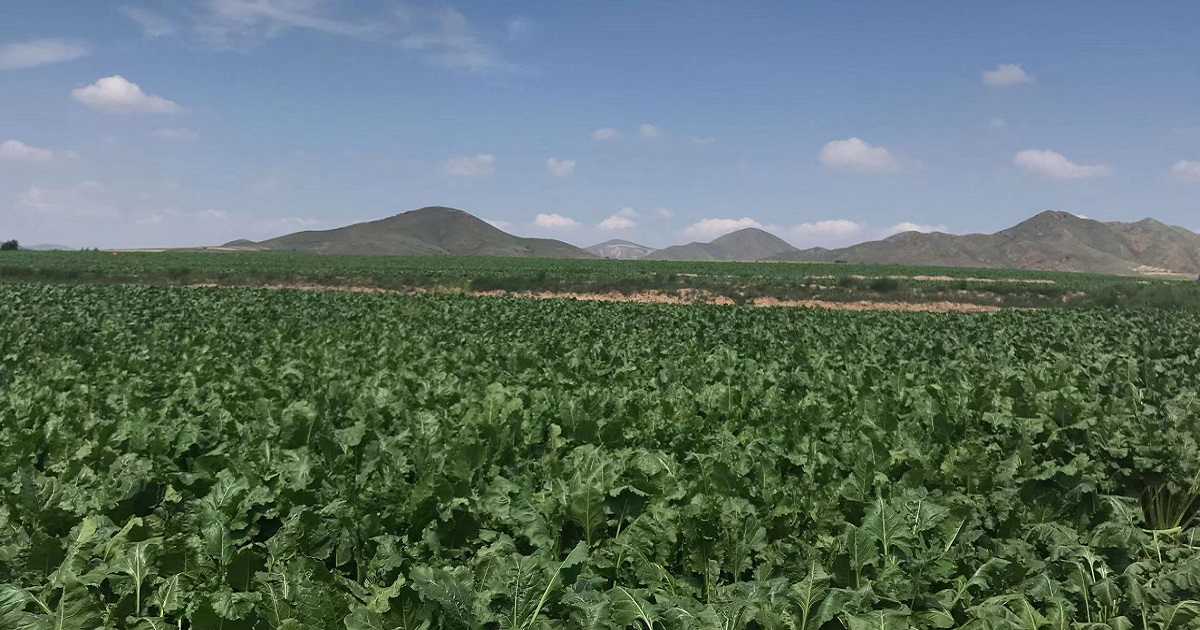Topic Menu
► Topic MenuTopic Editors


Recent Advances in Agricultural-Associated Viruses

Topic Information
Dear Colleagues,
Agricultural-associated viruses include viruses that rely on plants, fungi, oomycetes, protozoa, bacteria, nemotodes, and insect vectors of host diseases, which play critical ecological roles in agricultural and environmental ecosystems and are associated with food security, environmental safety, and sustainable development in a globalizing world. This Topic welcomes a wide variety of articles regarding emerging and re-emerging viruses in agricultural and environmental ecosystems, the development of routine and molecular detection tools for viruses, mechanisms of vector transmission, host–virus interactions regarding genetic, molecular, biochemistry, and biophysic aspects, the molecular mechanism of antiviral innate immunity, strategies for the generation of virus-resistant crops using routine and latest plant genome editing techniques, ecological roles and potential applications of persistent viruses in plants, fungi, oomycetes, bacteria, nemotodes, and vectors of host diseases, epidemiology, the risk assessment and integrated management of viruses and their caused diseases, and the viral modification of host functions affecting interactions with vectors and other organisms.
Prof. Dr. Cheng-Gui Han
Prof. Dr. Liying Sun
Topic Editors
Keywords
- plant viruses
- mycoviruses
- bacteriophages
- vector-borne viruses
- nematode viruses
- host–pathogen interactions
Participating Journals
| Journal Name | Impact Factor | CiteScore | Launched Year | First Decision (median) | APC |
|---|---|---|---|---|---|

Bacteria
|
- | 2.8 | 2022 | 25.4 Days | CHF 1000 |

Biology
|
3.5 | 7.4 | 2012 | 17.4 Days | CHF 2700 |

Journal of Fungi
|
4.0 | 8.4 | 2015 | 18.2 Days | CHF 2600 |

Pathogens
|
3.3 | 6.8 | 2012 | 13.5 Days | CHF 2200 |

Viruses
|
3.5 | 7.7 | 2009 | 18.6 Days | CHF 2600 |

Preprints.org is a multidisciplinary platform offering a preprint service designed to facilitate the early sharing of your research. It supports and empowers your research journey from the very beginning.
MDPI Topics is collaborating with Preprints.org and has established a direct connection between MDPI journals and the platform. Authors are encouraged to take advantage of this opportunity by posting their preprints at Preprints.org prior to publication:
- Share your research immediately: disseminate your ideas prior to publication and establish priority for your work.
- Safeguard your intellectual contribution: Protect your ideas with a time-stamped preprint that serves as proof of your research timeline.
- Boost visibility and impact: Increase the reach and influence of your research by making it accessible to a global audience.
- Gain early feedback: Receive valuable input and insights from peers before submitting to a journal.
- Ensure broad indexing: Web of Science (Preprint Citation Index), Google Scholar, Crossref, SHARE, PrePubMed, Scilit and Europe PMC.

